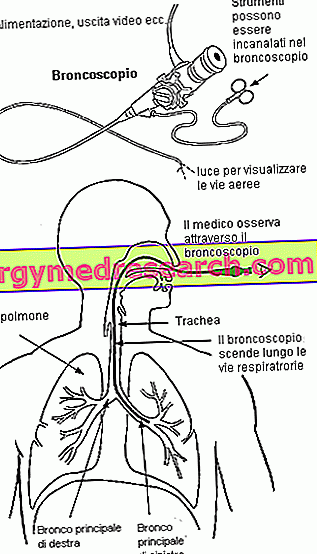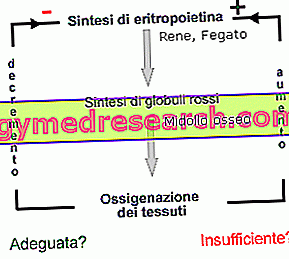
Malignant hyperthermia is a pathological condition, transmitted by inheritance (ie by parents), which manifests itself with an increase in body temperature and a massive muscular contraction only after taking certain anesthetic drugs.
But what are the precise genetic-hereditary characteristics of this strange disease?
Starting from the site of the genetic defect, this resides on chromosome 19 and precisely in the gene that produces a protein called ryanodine receptor ( RYR1 ). The ryanodine receptor is a calcium channel typical of skeletal and myocardial muscle cells.
The mutations that can cause malignant hyperthermia for the ryanodine receptor gene are different: according to the latest studies, in fact, they would be about 25.
Turning then to the type of genetic pathology, malignant hyperthermia has all the characteristics of an autosomal dominant inherited disease . In fact, to be affected it is enough to have only one allele of RYR1 mutated - because the mutated allele is dominant over the healthy one - and only a parent capable of transmitting the mutation, that is sick (NB sex is not important).
In such circumstances (only one mutated allele and one parent affected by malignant hyperthermia), each child has a 50% chance of being born with the same pathology.



